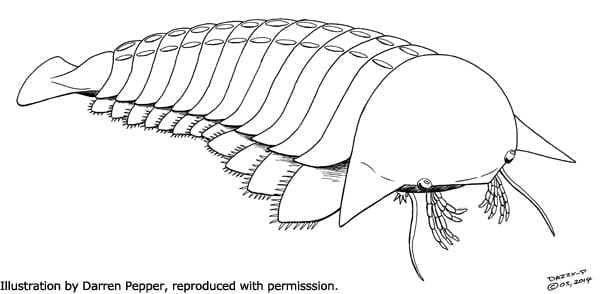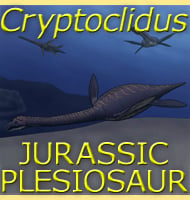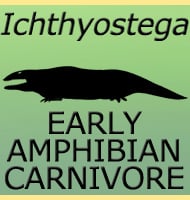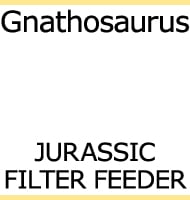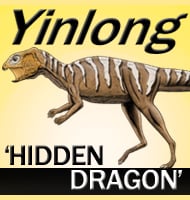In Depth
Given the informal name of ‘Santa Claws’, this arthropod was formerly named as Sanctacaris in 1988 which translates as ‘saintly shrimp’ (alternatively sometimes called ‘saintly crab’). Exact classification of Sanctacaris however has been hard to establish as opinions differ amongst researchers. Although usually attributed as a member of the Chelicerata, Sanctacaris has also been included with the arachnates, a specific group within the Chelicerata. Either way Sanctacaris is a representative of the group of arthropods that would go on to produce arachnids such as scorpions and spiders. As with the other creatures from the Burgess Shale, Sanctacaris was an aquatic creature that lived in the Cambrian era oceans (life would not progress onto land for many millions of years to come). The body of Sanctacaris can be dived into three parts of head, trunk and telson (for lack of a better word the tail). The head was mainly a single concave (curved outwards) plate, while the trunk was made up of eleven segmented sections that allowed the hard shelled body to flex and move. The telson at the end of the trunk was short but broad to provide for a large surface area. Sanctacaris is thought to have swum by moving a pair of appendages that were connected to the trunk and ended in paddle shaped ends for locomotion, while the telson steered like a rudder on a boat, something that was made all the more efficient by the wide surface area.
On the underside of the head were a further six appendages and combined with the two from the trunk this produced a total of eight (part of the reason for the arachnid lineage connection). Whereas the appendages on the trunk ended with paddles however, the appendages upon the underside of the head possess sensory antennae and have raptorial ends for grasping things. These are clear signs of a predatory adaptation and with the inclusion of two eyes that faced forward, palaeontologists are comfortable describing Sanctacaris as a predator.
As far as hunting behaviour goes, Sanctacaris probably swam through the water looking for smaller prey with its eyes. Once located Sanctacaris would most likely swim into a position where its head was above is prey and then crash down on top of it. With the eyes facing forwards however, Sanctacaris would not have been able to rely upon its eyes while feeding and it is here where the antennae on the forward six legs would have helped it to feel around its prey as it pulled it apart piece by piece so that it could fit its prey into its mouth.
Further Reading
– A Middle Cambrian chelicerate from Mount Stephen, British Columbia. – Palaeontology 31 (3): 779–798 – Derek E. G. Briggs & Desmond Collins – 1988. – A critical reappraisal of the fossil record of the bilaterian phyla. Biological Reviews of the Cambridge Philosophical Society 75 (2): 253–95. – G. E. Budd & S. Jensen – 2000. – Sanctacaris uncata: the oldest chelicerate (Arthropoda). – Die Naturwissenschaften. 101 (12): 1065–73. – D. A. Legg – 2014. – Mandibulate convergence in an armoured Cambrian stem chelicerate. – BMC Evolutionary Biology. 17 (1): 261. – C. Aria & J. B. Caron – 2017.
